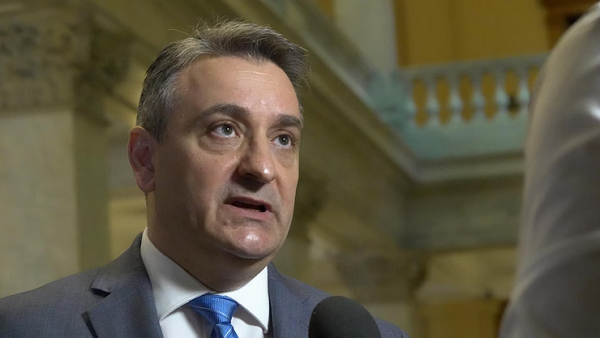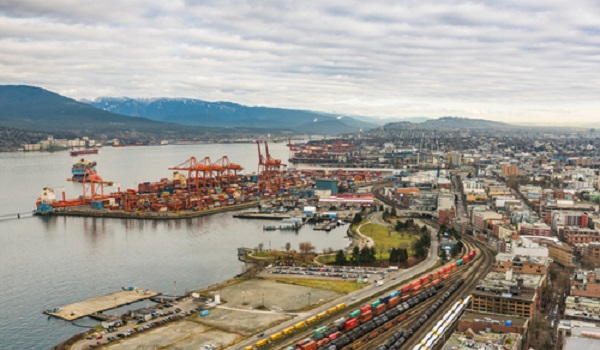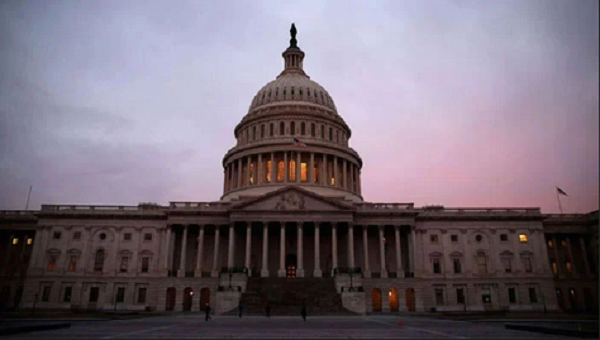The reversal of boundary expansion by the Ford government leaves municipalities scrambling
The Doug Ford government’s abrupt decision last month to reverse its unilateral expansion of urban boundaries has left municipalities scrambling and critics concerned the province is potentially making matters worse.
While reversing course on boundary expansions, the province has also opened the door for municipalities and mayors to make requests to keep specific parcels of land available for development — without any need for consultation with the public, regional government, and in some cases, their fellow councillors.
“The same way the government emboldened sprawl developers, it’s now emboldened mayors and local councils who have bought into the sprawl agenda,” said Mike Marcolongo, the campaign director for the Greenbelt Promise, a network of grassroots organizations working to stop development in the Greenbelt.
In September, in the face of a deepening scandal, the province reversed its decision to open up the Greenbelt. Last month, the province also cancelled its controversial changes to official city plans for municipalities including Hamilton, Halton, York and Peel, citing concerns that there was “too much involvement from the minister’s office,” according to Housing Minister Paul Calandra.
Those boundary changes — largely opposed by the public and some local politicians — were designed to increase the amount of urban land zoned for development.
Last week, Calandra tabled a bill cancelling the boundary changes, while keeping the window open for lower-tier municipalities to request directly specific parcels of land they wanted to see remain available for development.
In a letter obtained by eco-advocacy group Environmental Defence earlier this month, Calandra’s office asked municipalities for feedback on which parcels of land should still be allowed to proceed for development. The letter adds that in order to meet the tight 45-day timeline, the minister would “accept changes directly from heads of council” who may “choose to seek council endorsement of their proposed changes, but that is not required.”
This goes beyond the strong mayor powers granted by the Ford government, which requires a one-third vote on matters relating to provincial priorities, said Phil Pothen with Environmental Defence.
Pothen said the move is “a blatant attempt to replicate at the municipal level the very same corrupted decision-making process that gave rise to the settlement boundary expansion process in the first place.”
He added that municipal councils can be “more vulnerable to inappropriate developer or provincial government pressures…than a transparent public fact-based process to determine what is needed to increase housing.”
Alexandru Cioban, spokesperson for Calandra said, “Municipalities are in the best position to understand the unique needs and concerns of their communities … to meet our shared goal of building at least 1.5 million homes by 2031.”
He added that “our municipal partners may choose to proceed with some of the provincial changes to their plans.”
In response, some GTA councils have passed resolutions promising transparency and consultation before decisions are made, while others are pushing for lands to be removed from the Greenbelt or farmland, while the consultation period with the province is still open.
In Hamilton, which was at the centre of the urban boundary scandal after the province forced it to add 2,200 hectares of farmland, voted this week to return to its original 2021 decision to endorse a “no urban boundary expansion” growth option.
Meanwhile in Milton, long-time mayor Gord Krantz sent a letter to Halton regional chair Gary Carr earlier this month calling for the province to reinstate its controversial official plan for the region — including boundary expansions in Milton.
In 2022, the province overrode Halton’s decision to maintain its urban boundaries with minimum expansion, adding 3,350 hectares more farmland into the boundary than had been requested.
Krantz, who in 2021 pushed for more land to be made developable, said in the letter that reversion of the official plan back to the original regional request would “jeopardize Milton’s long-term residential and employment growth.”
But Milton regional councillor Colin Best said he disagrees. He said Milton hasn’t started developing land that was approved in official plans more than a decade ago.
“In fact, we haven’t even started planning for it …we still have at least 20 years of land left,” said Best, adding that the city also doesn’t have sufficient infrastructure to support more sprawl.
Best said Krantz has promised to discuss the matter with council at an upcoming meeting rather than making a unilateral decision, but still holds the power to do as he chooses.
Burlington Mayor Marianne Meed Ward, who is also chair of the Ontario’s Big City Mayors, said that despite the new powers, she believes most mayors will choose to proceed through a more transparent process.
“You have to work a little harder or be intentional about it because there’s no requirement for public process, but here’s always the option to have voluntary consultation and collaboration with your council and the public.”
This article was reported by The Star















